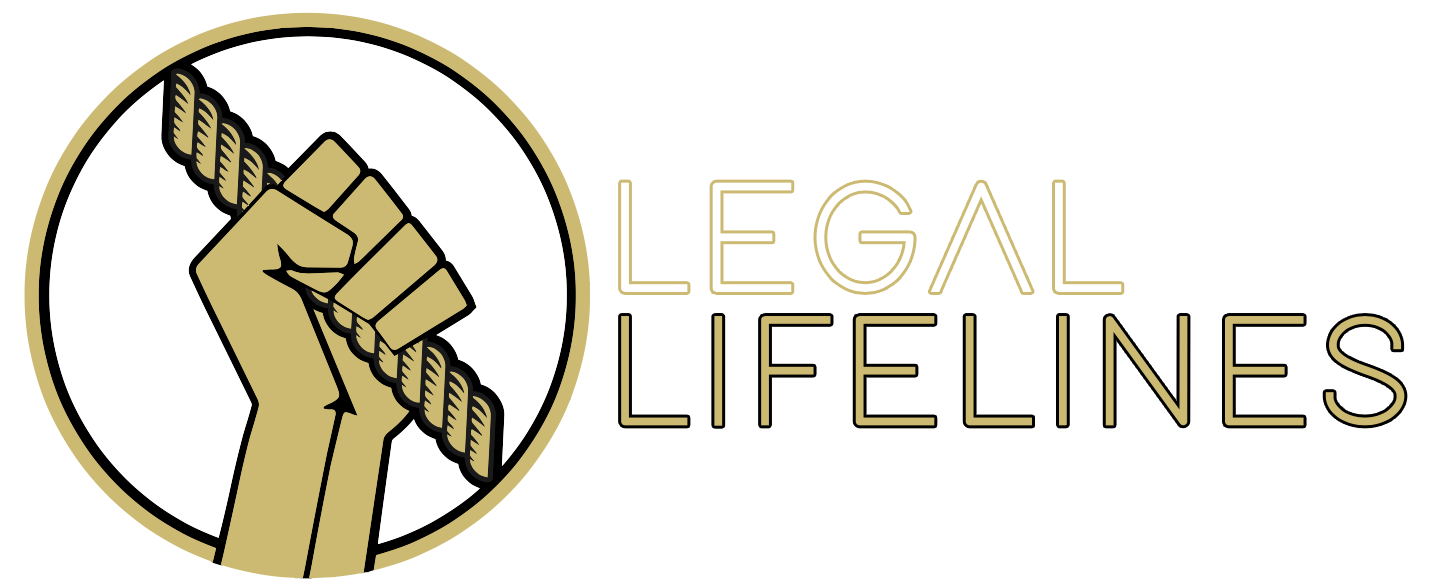AI – Deepfakes
What is AI?
Artificial intelligence (commonly referred to as AI) is a machine’s ability to simulate human intelligence. In effect, it enables machines to perform functions and tasks that typically require human cognitive abilities. AI has developed at an exponential rate in recent years, and the functions that can be performed now appear to be limitless. The most common form of AI which is best known to non-expert users is programmes such as chat-GPT and Google Gemini, both of which are easily accessible by the general public and can perform a multitude of functions.
Many users of such programmes use AI for creative purposes. One particular function that AI can perform, is the creation of images. Users can input a request, which can be extremely detailed, and the AI will create an image which depicts that request. This does not on the face of it appear to be an issue, but the abilities of AI are limitless, and this poses the question of to what end can a user go when depicting an image for AI to create.



Estelle Chambers
Estelle has a background in Criminal Law after working as a paralegal at a prominent criminal defence firm in the North East before commencing pupillage.
Estelle joined Trinity Chambers as a pupil in January 2024 under the Supervision of David Callan and is undertaking a specialist Criminal pupillage.
Is the current law adequate?
The question of whether the current law is adequate in dealing with the issue of deepfakes is difficult, given that the amendments are so new. Without cases involving the newly amended legislation passing through the court systems, it is difficult to determine whether they are achieving the aims they set out to achieve. One point which is perhaps able to be commented on at present is the difficulties posed by the lack of law preventing a person from creating deepfakes.
Issues such as these often require mechanisms which stop the act at its source. For example, it is a crime to share indecent images of children, but it is also a crime to create, possess and advertise such images. This reflects the seriousness of the offence and prohibits people from becoming involved in any way with images of that nature. This therefore poses an argument as to whether the law should treat deepfakes in the same way. If this is to be the case, not only would it be an offence to share a deepfake, but it would also be an offence to create a deepfake, as well as possessing and advertising a deepfake. If the law were to reflect these factors, then the issues created by deepfakes would be tackled at the source, namely the creation, and every subsequent action in relation to the deepfake would be criminal in nature also.
But this would create further difficulties which, frankly, technology may not be able to deal with. For example, if the creation of deepfakes is to be made criminal, there would be great difficulty in prosecuting such cases. This is because the process of identifying where the deepfake originated from is almost impossible, as has been made apparent after the Taylor Swift deepfakes. In order to make the prospect of prosecuting the creation of deepfakes strong enough to amend the law, then further research would likely need to be carried out in order to determine how the offence could be proved. Yet these difficulties arguably do not arise in relation to possessing and advertising deepfakes; it seems plausible that the law could in fact cover these elements in the same way it does for indecent images. But with that in mind, at present, we are to deal only with the sharing of deepfakes, limiting the potential issues which may arise in a case of this nature.
Free and independent legal advice
You will never be penalised for asking for legal advice. It is your legal right and it is free of charge.
Remember: the law is complex and it never hurts to get expert advice, even if you are sure you have done nothing wrong.
Ask for Michael Herford and he, or one of his specialist team will provide you with a Legal LifeLine when you need it most.
- Section 66B, Sexual Offences Act 2003


